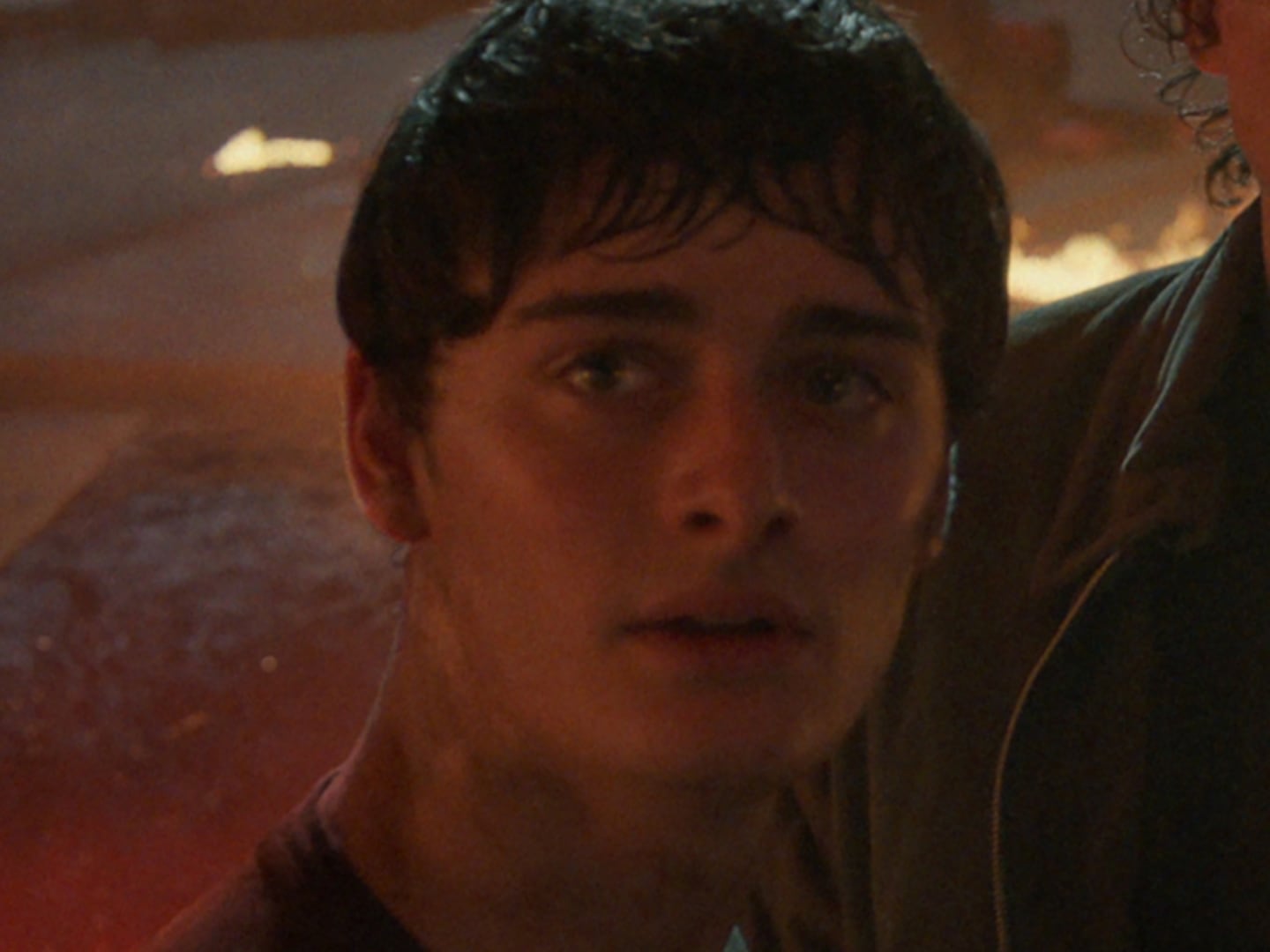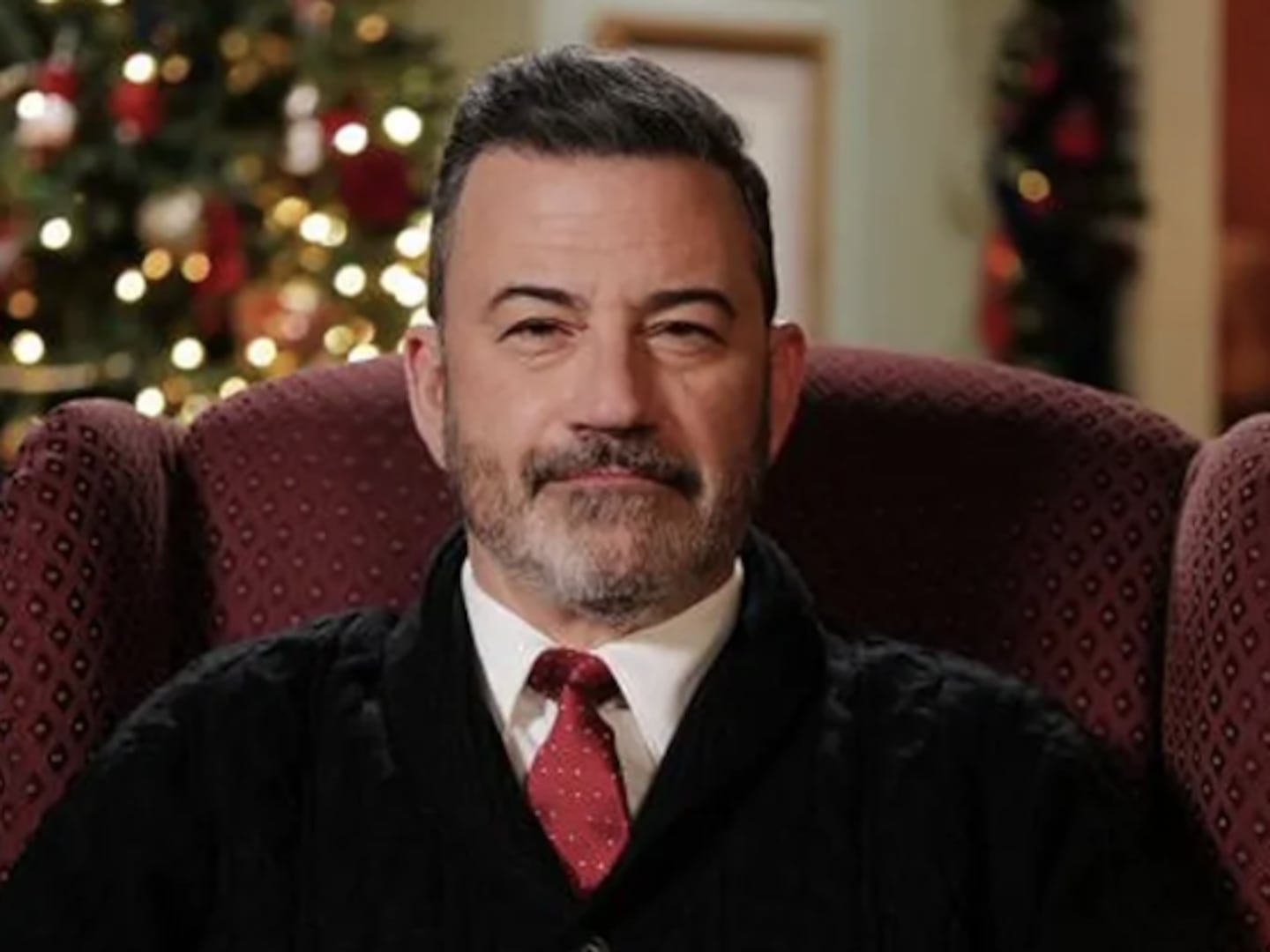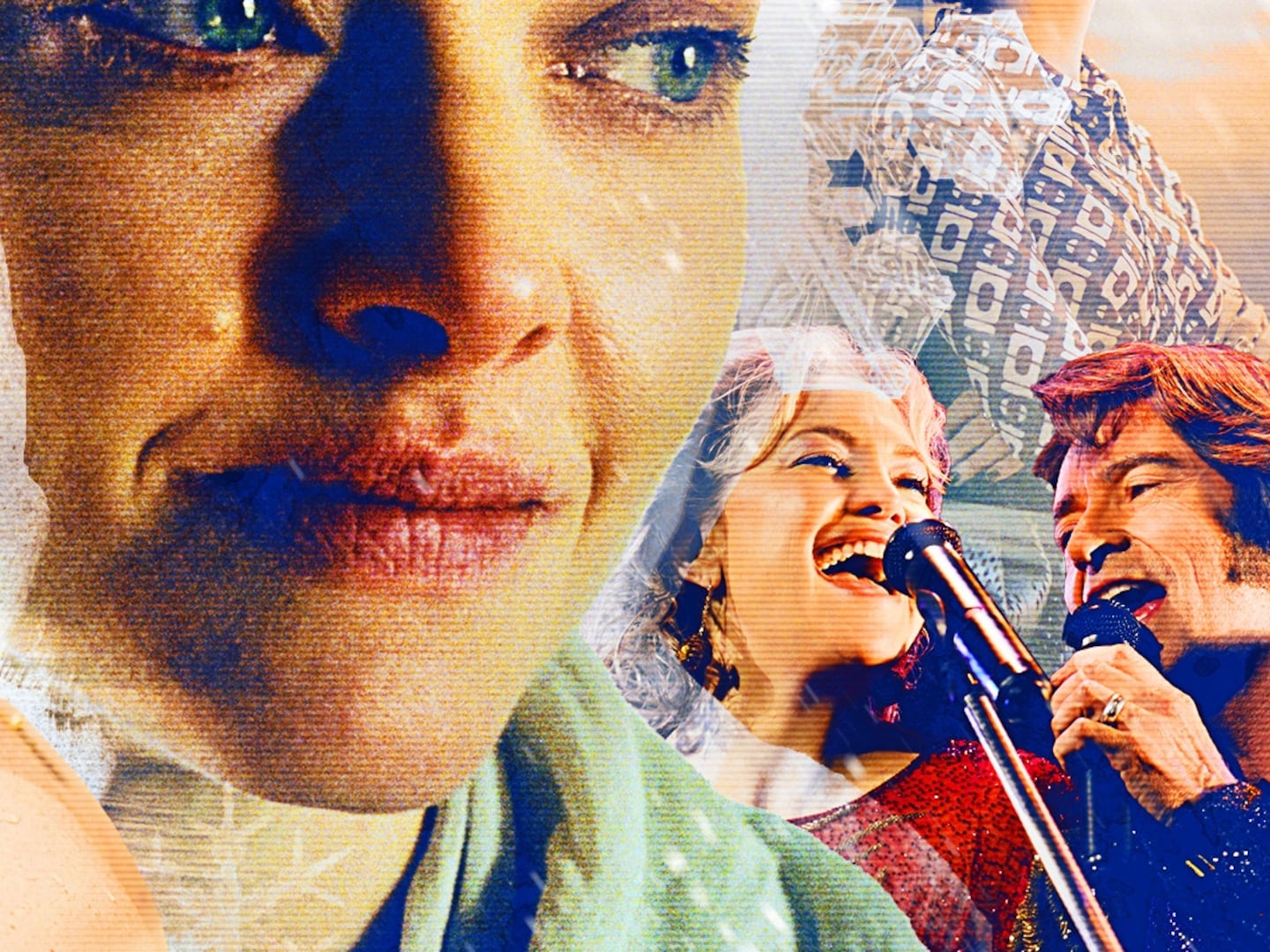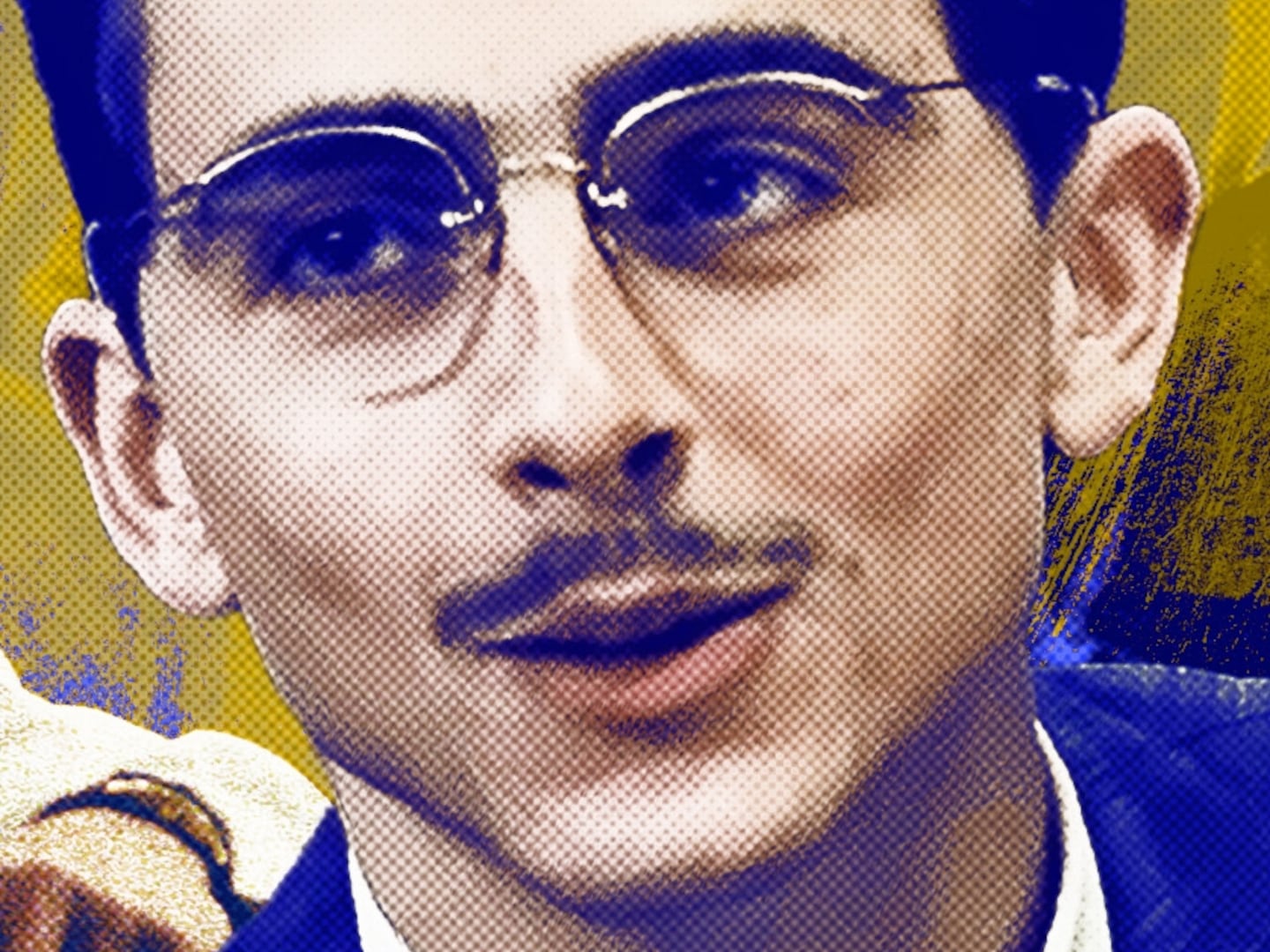Whether lurking under a child’s bed or hiding in their closet, the Boogeyman is the most generic and hackneyed of mythic monsters, and thus it makes depressing sense that The Boogeyman is a stale compilation of clichés without a unique bone in its rickety body. Apt to startle only those who’ve never seen a scary movie before, Rob Savage’s adaptation of Stephen King’s 1973 short story is as stereotypical as they come, so devoid of originality that the most pressing emotion it elicits is pity for its leads, Sophie Thatcher (Yellowjackets) and Chris Messina (Air), who deserve better than to be put through this paint-by-numbers ringer.
As written by Mark Heyman and A Quiet Place’s Scott Beck and Bryan Woods, The Boogeyman (in theaters June 2) bares only the faintest resemblance to its source material, whose compact saga of a father telling a therapist about his children’s supernatural demises was a Tales from the Crypt-style study of parental terror, hate and guilt that built to a memorably creepy finale.
Those elements are nominally integrated into Savage’s big-screen version, yet in this case, the focus shifts to the shrink, Will Harper (Messina), and his two daughters Sadie (Thatcher) and Sawyer (Vivien Lyra Blair), who are still recovering from the recent car-accident death of their mother. Grief has infested their house, and while Will shrewdly notes that one of his patients is most afraid of “being alone,” he doesn’t see the same fear in himself, regardless of the fact that, in mourning, he’s emotionally cut himself off from his brood.
As if dealing with the untimely demise of their matriarch wasn’t bad enough, the Harper household is turned upside-down (literally, at one point) when a stranger named Lester Billings (David Dastmalchian) appears unannounced on Will’s home-office doorstep, desperate to confess his big secret: despite being suspected of murdering his three young children, the real culprit was an evil creature whose portrait was drawn by one of his kids, and which he shows to a shaken Will.
To make matters worse (and more illogical), Lester proceeds to sneak around Will’s residence and, eventually, into his wife’s art studio, trashing the place in the process. When Sadie—home from school after a run-in with de rigueur bullies—investigates the loud noises coming from the studio’s closet, she discovers Lester hanging, dead, from the back of the door.
The cops deem Lester’s passing a suicide, but even at this early stage, The Boogeyman has definitively established that there’s something going squishy-slithering bump in the night, emitting a mixture of inhuman groans and muffled pronouncements (in different voices) from the dark. Lester has clearly brought his monster to this new domicile, and it initially targets little Sawyer, who sleeps in a room decorated with Christmas lights and who perpetually hugs a giant glowing, rolling ball that—in the film’s sole interesting feature—comes in handy whenever she wants to brighten up a gloomy hallway.

(L-R) Sophie Thatcher as Sadie Harper and Vivien Lyra Blair as Sawyer Harper.
20th Century StudiosThere are many of those in the Harper house as well as every other setting in the film, which pretends that light switches are a foreign concept to Americans, that bulbs can be counted on to flicker, and that little girls who are afraid of the dark nonetheless play video games without an illuminated lamp or sconce in sight.
There’s one solid early jump scare in The Boogeyman. Otherwise, Savage paces his jolts so predictably that they die before they materialize. The director’s attempt to persuasively put Sawyer in jeopardy is likewise ineffective; no matter a surprising attack scene involving a couch and a television, the film’s PG-13 action is too tame to ever segue into truly shocking terrain. This is self-help horror at its most tepid, with everyone bereaved, alienated and in urgent need of love and support from their relatives. That Sadie and Sawyer are not just battling a mythic fiend but fighting to make their dad emotionally engage with them is as plain as day, and even drearier than it sounds.
The Boogeyman only exhibits a pulse when Sadie goes to investigate Lester’s home and finds it to be a gone-to-seed hellhole—with “Murderers” spray-painted on its façade, its mailbox overflowing and tipped over, and its kitchen a gross disaster—inhabited by the deceased man’s wife, Rita (Marin Ireland).
Ireland remains an actress of uncommon intensity, and as in Bryan Bertino’s great and undervalued The Dark and the Wicked, she exudes haunted dread and angry resilience. Rather than capitalizing on those qualities, however, the script mainly employs her as an exposition-spouting plot device. Similarly, Dastmalchian is an unnerving presence who’s quickly cast aside by these proceedings, which erroneously think that adhering to every genre tradition in the book—including séances, helpful spirits, and veiny mold spreading across walls and ceilings—is more important than infusing its stock story with distinctive personality or a single sequence that hasn’t been borrowed from better predecessors.
Savage fixates on closing doors and performs multiple circular pans around underlit spaces, yet the longer it goes on, the more his minor stabs at stylization fall by the wayside. In their place, The Boogeyman delivers a series of halfhearted encounters with its title character, who has super-long limbs (such that his legs appear perpetually bent at a 45-degree angle), eyes that glow in the dark, a giant maw and an aptitude for mimicking the voices of its victim’s loved ones.
That last facet would seem, on the face of it, a prime opportunity to have the villain lure Sadie and Sawyer into danger by impersonating their mom, but no—in what may be the film’s single surprising twist, the Boogeyman doesn’t bother with any such trickery, content as it is to roar and rampage about like a bland (and poorly animated) CGI beast.
Most discouraging of all, Savage and his screenwriters barely try to come up with a conclusion that’s scary, inventive or sensical. According to The Boogeyman, it’s relatively easy to murder your childhood fears—although the thing that Savage’s film really kills is one’s (already rocky) faith in mainstream teen-oriented horror.






